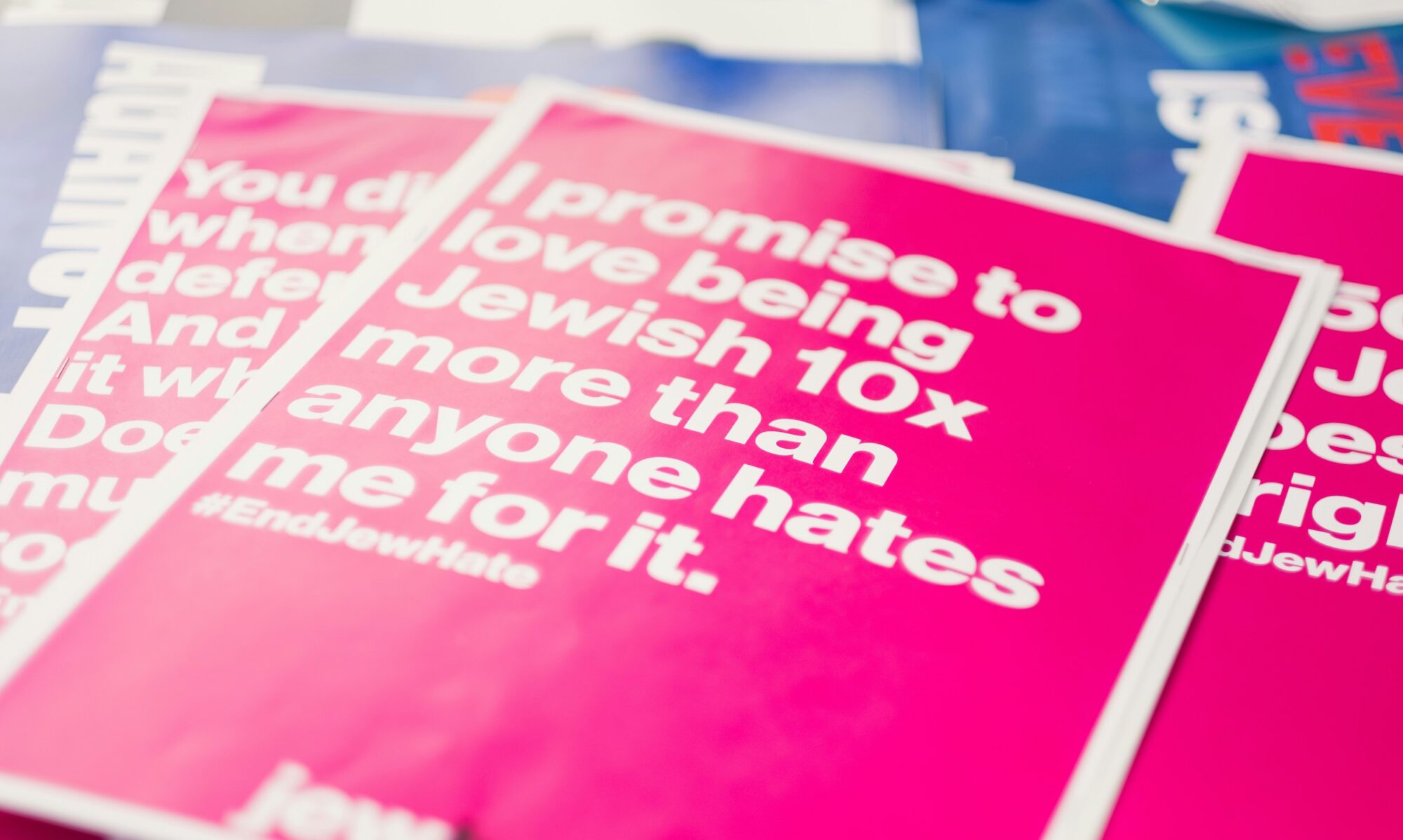Soon after reading Ben Sasse’s Them: Why We Hate Each Other—and How to Heal last summer, I began thinking increasingly more about how the politicians, pundits, Sean Hannity’s and Rachel Maddow’s of the world are actually fueling the latest (not-so) great divide. Sasse made the point that the goal is rage — to make us mad.
In an interview with CNN’s Jake Tapper, Sasse said: “Today, the most watched cable programming in America, Hannity is number one and Rachel Maddow is usually number two. Both of them have the same basic business model, which is try to intensify the political addictions of the 1% of America that’s listening to you and you can always just demonize your opponent, and never give a fair shake to what the other argument is.
And I say that as one of the most conservative members of the U.S. Senate. I’m the second most conservative member of the Senate. I’m not mealy mouth indifferent on policy, but I don’t think policy differences mean that people I differ with, on a given policy, I have to regard as evil and, therefore, not as a part of a shared America…”
I’ve since concluded that there’s a deeper aim employed, as we recognize a common root of anger. Allow me to quote Dr. Leon F. Seltzer, a dual doctorate holder, popular psychologist and author, in a post from “Psychology Today”:
“… anger is almost never a primary emotion in that even when anger seems like an instantaneous, knee-jerk reaction to provocation, there’s always some other feeling that gave rise to it. And this particular feeling is precisely what the anger has contrived to camouflage or control.
The simplest example of my admittedly unorthodox relegation of anger to secondary, ‘reactive’ status might relate to the universally frustrating situation of being cut off while driving. Virtually everyone I’ve ever asked has responded emphatically that their immediate reaction to such an event is anger. But when I further inquire as to what being ‘cut off’ typically involves—namely, the very real threat of an accident—they realize that in the fraction of a second before acting successfully to avert a collision, their emotion must certainly have been one of apprehension or fear. Cycling from the heightened arousal level of fear to equally intense anger happens with such breathtaking speed that almost no one can recollect that flash of trepidation preceding the anger—or even rage…”
Fear seems employed in order to fast fuel the divide.
Look again at the politicians and pundits — whether running or currently in office. Look at what they want us afraid of… certain people… now even a potential pandemic. Not that there aren’t reasons to be watchful and concerned, but fear is a different level, so-to-speak; there’s an unhealthy motive in the fear. And on a macro level, no less, those persons seem to intentionally attempt to make each of us — from varied angles — fear loss. The goal is to make us afraid of something we are about to lose…
i.e. Guns. Children. Other people’s children. Healthcare. Voting rights. Reproductive rights. Equality. Employment. Citizenship. A safe country. Money. Retirement accounts. The freedom to worship, speak, or have a free press. Even more money. And even more rights.
The challenge is that we “regress to tribalism when afraid.” Such is the point of international consultant, expert, and also Psychology Today author, David Ropeik. He writes:
“…As a result of the inherent nature of risk perception, our desire for the safety of the tribe when we are threatened is cleaving us into camps, polarized and mistrustful and defensive tribes, ready to follow divisive ‘We’re Under Attack’ voices…”
The politicians, pundits, Sean Hannity’s and Rachel Maddow’s of the world (and many of us on social media) are doing exactly that.
Continues Ropeik: “The problem is, an Us AGAINST Them world doesn’t allow for middle ground, for the flexibility and compromise and give as well as take that we need in order to help solve the big problems we face. This sort of risk perception is actually a pretty dumb way to actually try and protect ourselves… We need to recognize the danger…the danger from the instinctive tribal way we’re behaving…and recognize that we all belong to a larger tribe, and the big threats threatens us all…and perhaps that tribal identification can bring us a little closer together and allow solutions that will make us a little safer. Us AGAINST Them may feel safe in the short term, but in the long run it’s a far more dangerous path.”
Being lured into fear is a dangerous path. It shatters the idea of a shared America.
May we thus realize that our wisest resistance may be to the tribal mentality.
Respectfully…
AR
